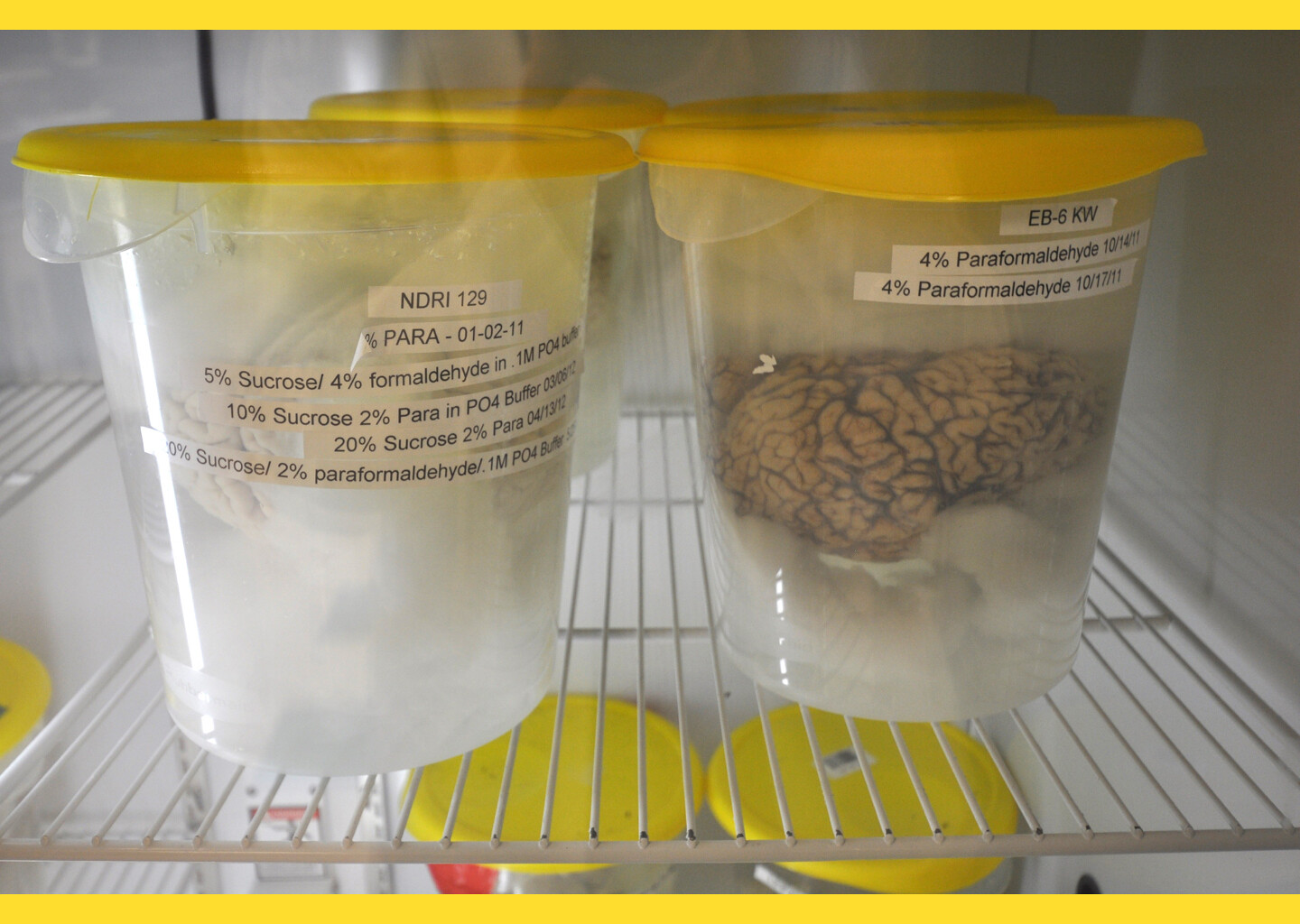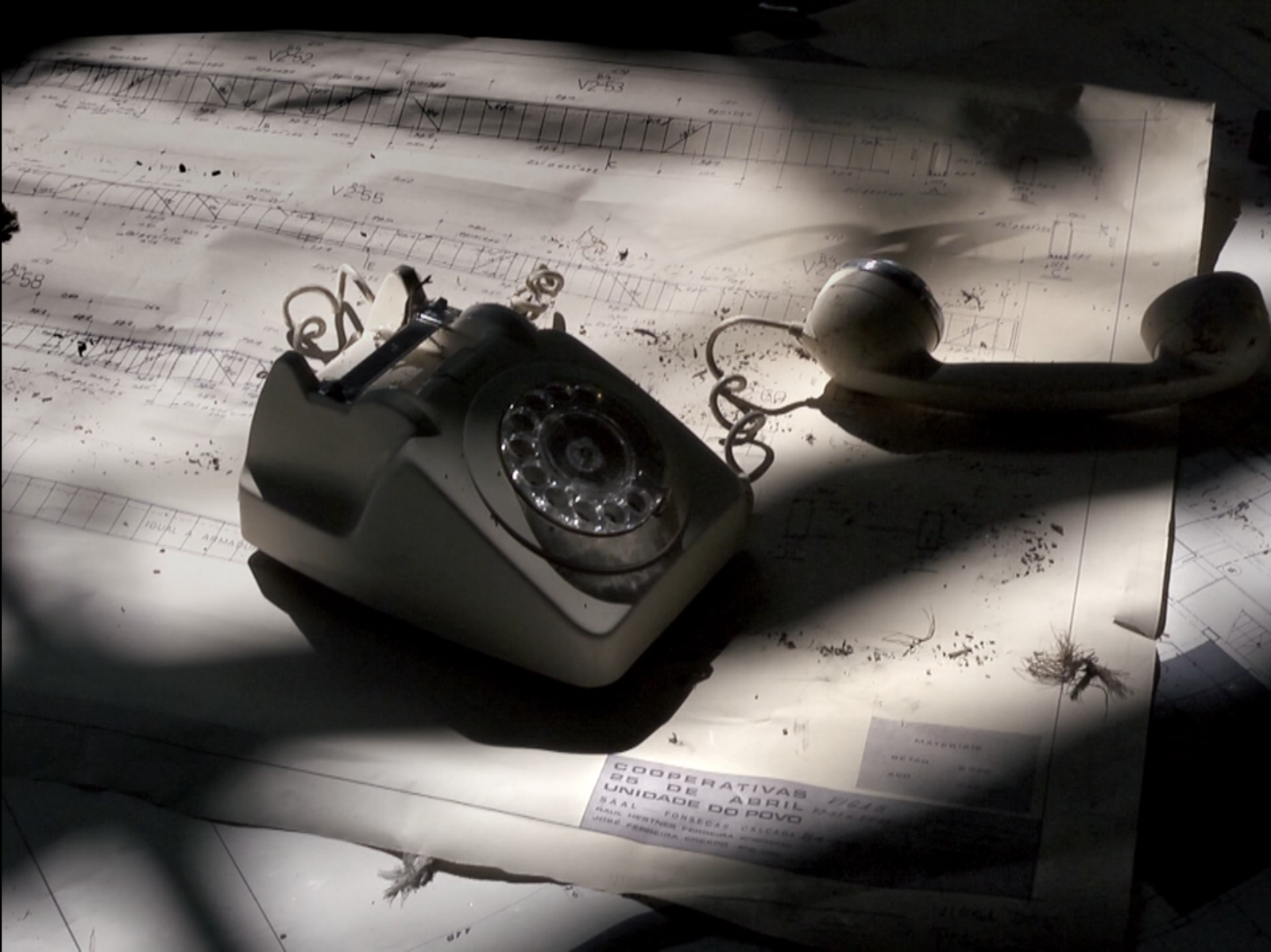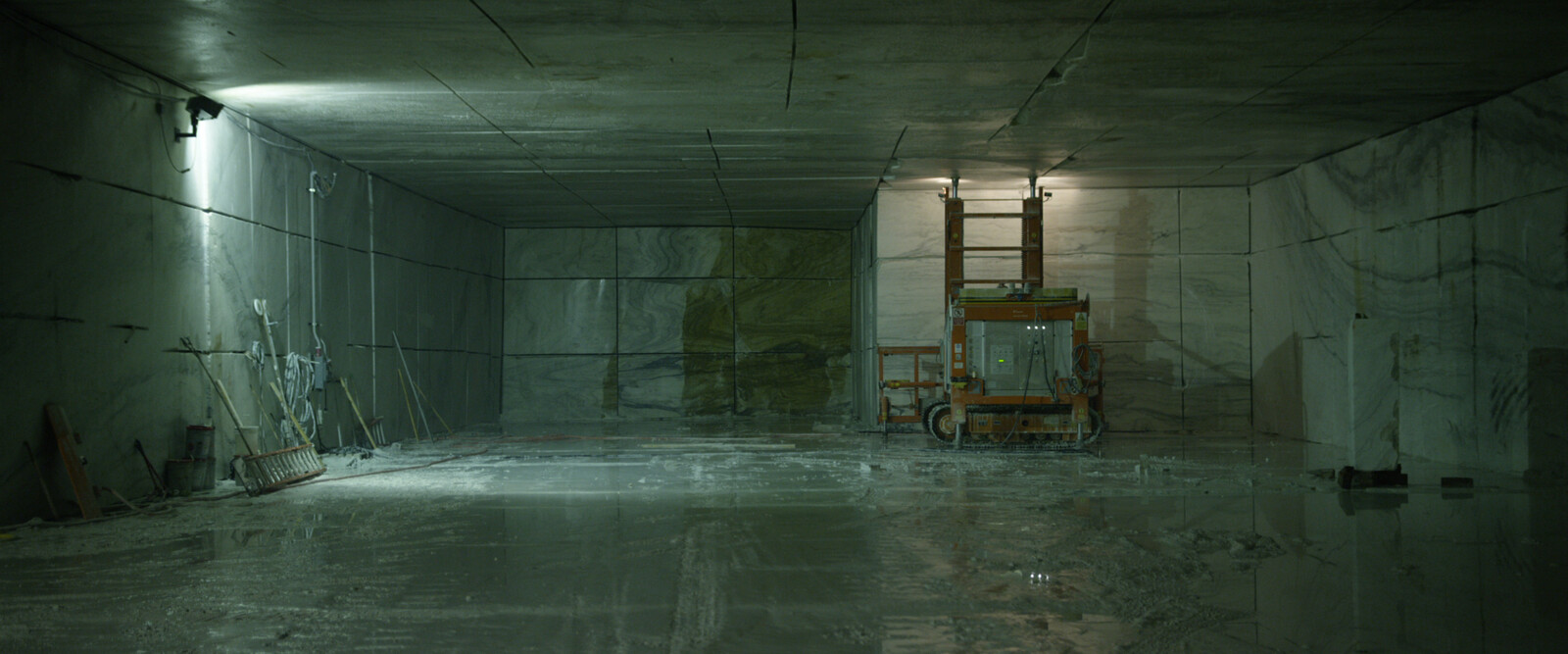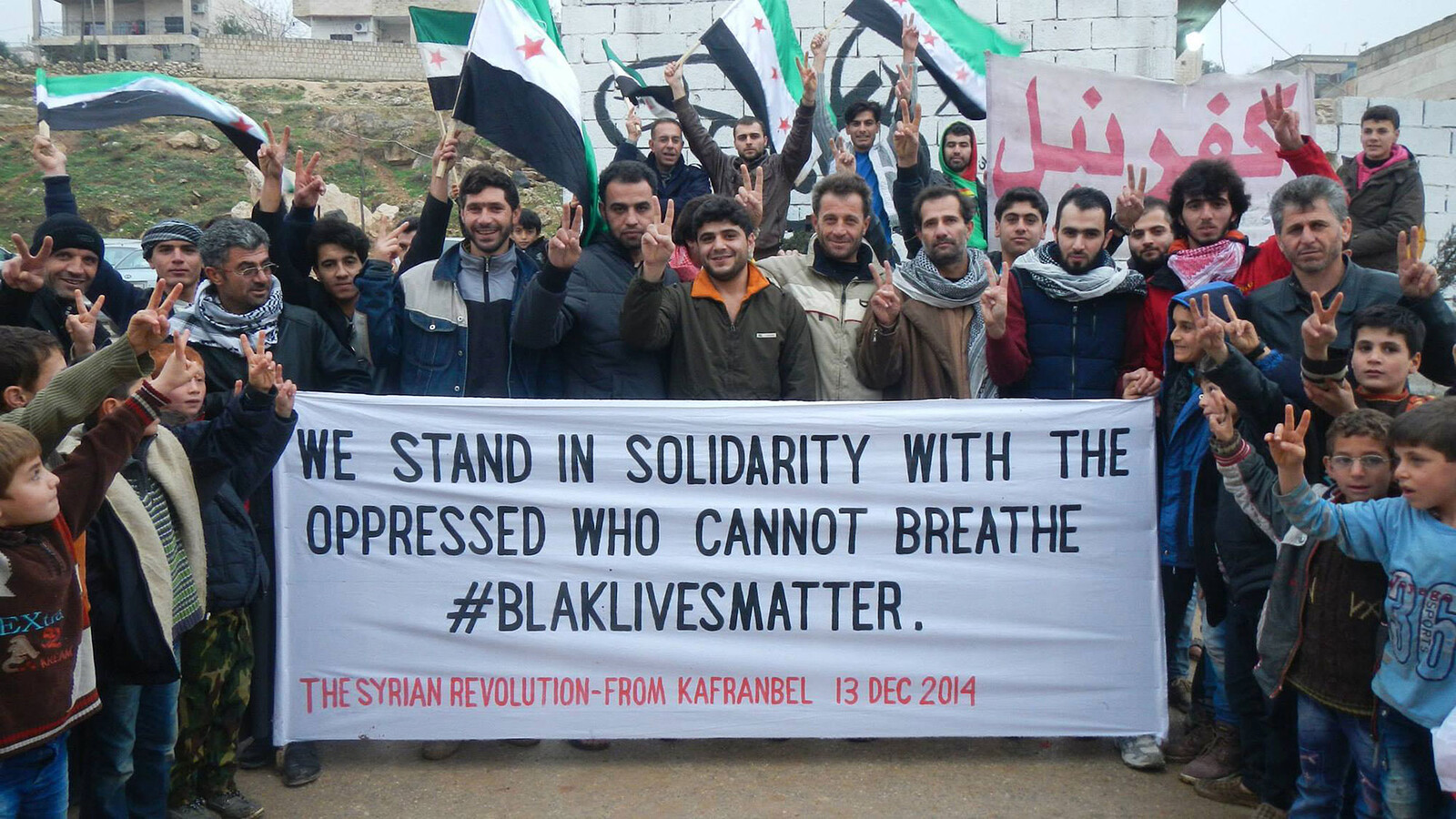“Are we human?”1 A possible way to answer this question is to ask someone who is not human. So let me ask a “replicant.” This, you may recall, was the name given to the nonhuman figures in the Ridley Scott film Blade Runner (1982), adapted from Philip K. Dick’s novel Do Androids Dream of Electric Sheep?2 The replicant was a robot that understood humans well. A sophisticated type of android, it fulfilled a series of literary dreams and cinematic fantasies: the desire to “replicate” the human.
The question “Are we human?” emerges as a fundamental issue in the effort to design a nonhuman entity in the history of cinema as well as in literature. On the eve of the invention of cinema, Auguste Villiers de l’Isle-Adam’s novel L’Ève future imagined an android created by Thomas Edison, the inventor of light and film, and marveled at its humanlike capacities.3 Many Frankensteins followed, originating in the literary mind of Mary Shelley and subsequently visualized in the history of film.4 But the replicant of Blade Runner is more equipped to answer our question, for technology has by now grown in its capacity to replicate the human. Anticipating reality, in cinema a human being can now design a nonhuman copy of itself that is no longer approximate, grotesque, or monstrous. The replicant is superior even to the android of Fritz Lang’s Metropolis (1927), whose body double still suggested mechanical behavior. No longer machinic, this new replicant is perfectly designed. It is a “skin-job,” and it appears utterly human.
But is it human? Yes, it has the looks. But to look human is not enough to be human. What is the difference, then, if a flawlessly engineered body shows no such difference? Well, the main thing is: the replicant does not have a memory. With no sense of the past, it not only lacks a history but the capacity to recall and to store personal and collective events in its mind. A replicant is unable to express the affect that a memory brings to human features.
To be human, then, means to have a cultural memory. The replicants knew this, and did everything they could to fabricate visual memory. They were obsessed with collecting photographs that could make up for the memories they lacked. If they could only have a past in this way, they could possibly have a future, and live like humans. In the end, then, all the replicants needed in order to be considered human was an archive. Perhaps they simply needed the internet.
Art of the Archive
The story of the replicant asks us to care for our memories, to cultivate their relational qualities and carefully reflect upon forms of cultural amnesia and obsessive recording. It impels us to consider the design of memory and the configuration of our cultural archives, for, in turn, this is what designs the human condition. At stake here is an important aspect of the design of the self.
This tale also suggests that, in some way, we have all become replicants. We are in constant search of ways to create, store, and recall our collective memories. The internet has become a quotidian source and depository of shared information, turning into a vast, virtual storage space. Shelving away our lives has turned into a daily habit, even an obsession, and takes up considerable amounts of our time. We constantly manage files of our professional and personal lives, and deposit loads of visual and written documents of our collective existence in our computers and various digital devices. As soon as we record the development of our life, we store it away. But are we all archivists? Does the capacity to store information constitute an archive? Is the database machinic and the archive human?
If we wish to understand how the design of cultural memory designs human culture, we should go to the root of the issue. What is this fundamental desire to memorialize, and to archive? “Archive fever,” as Jacques Derrida reminds us, is a phenomenon that has roots in the word arkhē which “names at once the commencement and the commandment.”5 The term contains, and correlates, two principles at once. The first configuration of the archival is “where things commence—[the] physical, historical, or ontological principle”; the second is “the principle according to the law … there where authority, social order are exercised, in this place from which order is given.”6 The archive thus stores within itself the origin of the foundational principles that give it its name; it holds its very memory. But it also tends to forget this history, especially when resistance to inherent order is expressed.
Think of the way the archive has emerged as inspiration as well as model in the visual arts. Here, the idea of archive often has arisen precisely to counteract machinic behavior and to resist commencement, order, and completion. A poignant example is Gerhard Richter’s artistic archive, Atlas (1962–2013), a collection of the pictures, both historical and personal that the artist has accumulated across five decades.7 It is an archive of images of landscapes, urban plans, views, travel sites, peopled places, bodyscapes, objects, and interiors, often marked by slashes of paint. The fragments are set in an orderly fashion but with no systematizing goal or taxonomic obsession to control the contents. In this mnemonic archive, the photographic material is not forced into fixed schemes of memorization; nor is it driven to exhaustion, according to a logic of enclosure. The work is boundless, and yet bound. This cartographic archive is not designed to give categoric form to the knowledge it presents; rather, it conveys a material work of mourning.
Richter’s Atlas thus presents an archive that works against its own principles. He is not alone in the effort to design such an archive of human memory, which is, in a way, like a fictitious museum. Yet the art of the archive goes beyond the use of pictures and found objects, the remake of cabinets of curiosities, or the reenactment of the narratives of former cultural archives. In some way, the contemporary artistic archive has had to come to terms with the old laws of the arkhē, which have reemerged in the digital age in the form of the systems and logic of the database. This phenomenon provokes discussion in art of the difference between an archive and a database, and the possible tension between human and nonhuman factors. For his part, Hal Foster argues that “the archives at issue here are not databases…; they are recalcitrantly material, fragmentary rather than fungible, and as such they call out for human interpretation, not machinic reprocessing.”8
The issue of materiality is complex and full of nuances that challenge binary oppositions between archive and database, or human and machinic design. Historically, informational databases were themselves recalcitrantly material, and they are currently subject to a process of rematerialization by contemporary artists in immaterial ways. Take the Archivio Storico del Banco di Napoli in Italy, three hundred and thirty rooms filled with records of every monetary transaction that ever took place in this ancient bank. In the largest assembly of this kind in the world, the information—mechanically taken by a human—is bound in dusty leather volumes and even hangs from the ceilings, collected in suspended columns of paper. At the end of a corridor, in a dark room, one now encounters a moving projection of still images onto the storage space. In the installation by photographer Antonio Biasiucci, titled Moltitudini (2016), a multitude of inscriptions and a population of faces are projected as if emerging out of the informational material, in this way drawing out historical narratives.9 After all, when the transactional records dryly inform us that the Prince of San Severo bought alchemical tools and cadavers on such and such dates and for these exact sums of money, the alchemy of a city can come to life.


Google Deep Dream algorithm’s interpretation of a jellyfish image. Google uses a convolutional neural network to find and enhance patterns in images via algorithmic pareidolia.
Material Archives
We are witnessing renewed attention to informational modes and models in various ways, which are in turn informing the design of the archive. In speaking of contemporary visual culture, David Joselit has pointed to a “shift from object-based aesthetics in both architecture and art to a network aesthetics premised on the emergence of form from populations of images,” which constitute “formats,” that is, “dynamic mechanisms for aggregating content.”10 This shift demands further reflection on the status of things such as images, their forms of collection, strategies of aggregation, patterns of memorization, and dynamics of circulation—in other words, on the archival design.
It is interesting to note that an intense interest in material culture and a deep fascination for the materiality of the archive has emerged in the digital age, characterized by networks and their seeming immateriality. New disciplines, methods, and forms of scholarship have originated from this tension between material and immaterial culture, and they express this very tension in their development. Think of the rise of “media archaeology,” which, in some ways, is an (in)discipline of all things archival.11 In this new field of media studies, one can see a deep interest in the material history of things combined with a fascination for systems and networks. In some aspects of this archaeological excavation of mediums and their cultural memory, emphasis is put on machinic conditions, organizational principles and systems of cataloguing.12 At times one senses an impulse to search for methods to control the ever-changing flux of stored information. But rather than reverting back to the arkhē of archiving, one could more productively resist this impulse and instead work through the dynamics and tensions expressed by the aggregates of disparate mnemonic materials.
Materiality is, in fact, a gray zone, and a place of complex mnemonic relations. It is not a question of materials themselves or a matter of “thingness” per se but rather concerns the substance of material relations and connections and how they are configured on the surface of different media.13 We live in an active zone of encounter and admixture, a site of mediation and projection, memory and transformation. The surface of objects and the structure of entities, including screens and their networks, haptically convey energies, for we entrust to our screens memories that are layers of experience and residual existence. (Im)material things such as screens—architectural, cinematic, digital—activate connections between persons and with objects and have acted as the surface of material relations throughout modern culture. Concern with such gray materiality, then, does not put an end to the agency of human subjectivity, for this is fundamentally a relational matter.
So, ultimately, the question “Are we human?” concerns the issue of how to implement our relational capacities. One must resist the oppositions between human and nonhuman and the rooted conviction that things are the opposite of persons, and finally recognize the full extent of the dynamic connections and interactive designs that have shaped the history of cultural productions, as well as their forms of memorialization. To this end, as the political theorist Jane Bennett would also suggest, it becomes ever more necessary to draw out the vibrant entanglements and vital force of things, and to rethink the agency of assemblages.14
This means putting the body, and the body of things, back into the work of cultural design. In fact, as the philosopher Roberto Esposito proposes, a possible way to untangle the “metaphysical knot between thing and person is to approach it from the point of view of the body. Because the human body does not coincide with the person or the thing, it opens up a perspective that is external to the fracture that one projects on the other.”15 Indeed, the body is not a singular entity but rather functions as a social, relational matter, and as a vehicle of mediation. It is not the sole property of humans, for there is also a body of things, even immaterial ones, which themselves have a vibrant material consistency and form a corpus of aggregations and systems of connections that are also mnemonic.
In this archival sense, a corpus constitutes a “medium,” that is, a form of relational in-betweenness. It is a shared depository and interactive material. Thinking in this hybrid, material way, one can activate relations that are not reducible to a binary logic of opposition between humans and nonhumans and instead implement the flow of intersections, interactions, and transformations that produce the cultural design of the self. After all, thanks also to biotechnologies and techniques of replication, these distinctions are now definitively blurred. The human body itself has become an aggregate of different corpora and data, with mixed organic and inorganic elements. In the end, we are all replicants, equipped with digital memories.
This question forms the theme of the 3rd Istanbul Design Biennial 2016, curated by Beatriz Colomina and Mark Wigley.
Philip K. Dick, Do Androids Dream of Electric Sheep? (New York: Doubleday, 1968).
Auguste Villiers de l’Isle-Adam, Tomorrow’s Eve (1886), trans. Robert Martin Adams (Urbana: University of Illinois Press, 2001).
Mary Wollstonecraft Shelley, Frankenstein: or, The Modern Prometheus (1818, Oxford University Press, 2008).
Jacques Derrida, “Archive Fever: A Freudian Impression,” Diacritics 25, no. 2 (Summer 1995): 9.
Ibid.
See Helmut Friedel and Ulrich Wilmes, eds., Gerhard Richter: Atlas of the Photographs, Collages and Sketches, exh. cat. (New York: D.A.P., in association with London: Anthony d’Offay, and New York: Marian Goodman Gallery, 1997), which features a catalogue raisonné of the oeuvre. For a critical reading, see, among others, Benjamin Buchloh, “Gerhard Richter’s Atlas: The Anomic Archive,” October, no. 88 (Spring 1999): 117–45; and Giuliana Bruno, Atlas of Emotion: Journeys in Art, Architecture and Film (London: Verso, 2002), ch. 10.
Hal Foster, “An Archival Impulse,” October, no. 110 (Fall 2004): 5.
The artist Antonio Biasiucci has also produced a large photographic installation, titled Codex (2016), that revisits the same archive and was shown at MANN–Museo Archeologico Nazionale Napoli.
David Joselit, After Art (Princeton, NJ: Princeton University Press, 2013), 43 and 55.
For a survey of this field of scholarship, see Erkki Huhtamo and Jussi Parikka, “Introduction: An Archaeology of Media Archaeology,” in Media Archaeology: Approaches, Applications, and Implications, ed. Huhtamo and Parikka (Berkeley: University of California Press, 2011), 1–21.
See, for example, Wolfgang Ernst, Digital Memory and The Archive (Minneapolis: University of Minnesota Press, 2013).
For further treatment of this subject, see Giuliana Bruno, Surface: Matters of Aesthetics, Materiality, and Media (Chicago: University of Chicago Press, 2014).
See Jane Bennett, Vibrant Matter: A Political Ecology of Things (Durham, NC, and London: Duke University Press, 2010).
Roberto Esposito, Persons and Things, trans. Zakiya Hanafi (Cambridge: Polity Press, 2015), 10.
Superhumanity is a project by e-flux Architecture at the 3rd Istanbul Design Biennial, produced in cooperation with the Istanbul Design Biennial, the National Museum of Modern and Contemporary Art, Korea, the Govett-Brewster Art Gallery, New Zealand, and the Ernst Schering Foundation.
Category
Superhumanity, a project by e-flux Architecture at the 3rd Istanbul Design Biennial, is produced in cooperation with the Istanbul Design Biennial, the National Museum of Modern and Contemporary Art, Korea, the Govett-Brewster Art Gallery, New Zealand, and the Ernst Schering Foundation.































































